Japan consists of nearly 7,000 islands, yet most travelers stick to the main four—Honshu, Hokkaido, Kyushu, and Shikoku. Even while Tokyo and Kyoto make news, many isolated islands are hardly visited by tourists.
These undiscovered treasures provide immaculate beaches, unusual animals, and a window into traditional Japanese culture that has been largely lost in mainland Japan. Here is a list of 20 remote Japanese islands that offer authentic experiences far from the crowded tourist trails.
Rebun Island
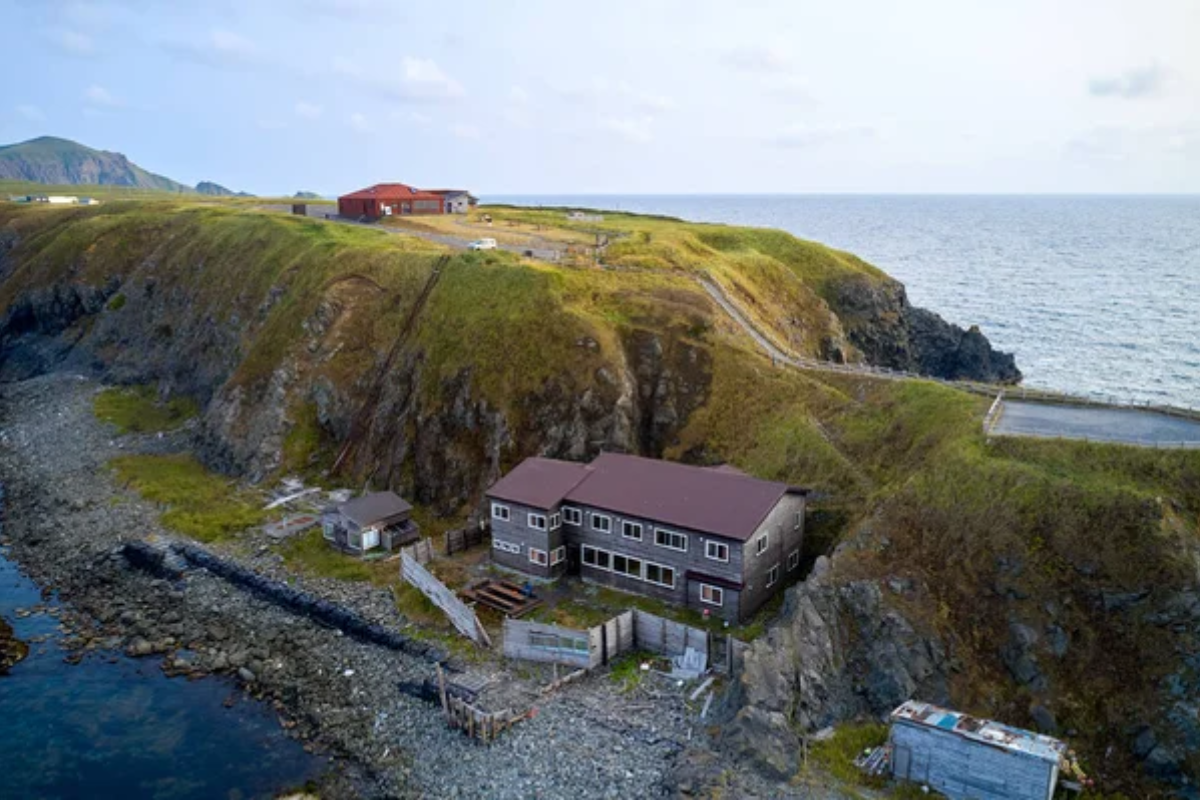
This flower-covered island sits just off Hokkaido’s northern coast, earning the nickname ‘Island of Flowers.’ Alpine plants bloom across its windswept landscapes from May through September, creating carpets of color that stretch to dramatic sea cliffs.
The island spans just 12 miles, making it perfect for hiking enthusiasts who want to experience subarctic flora without traveling to Alaska.
Rishiri Island
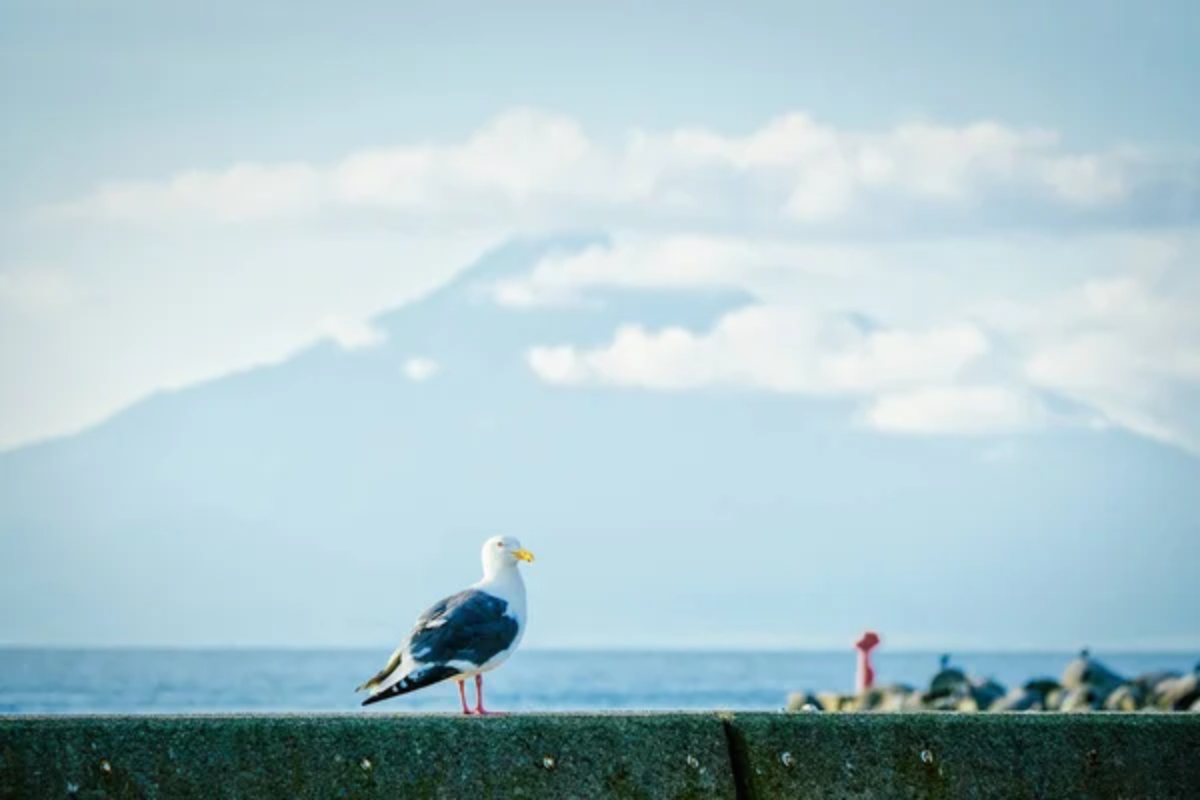
Rishiri’s perfectly cone-shaped volcanic peak rises dramatically from the Sea of Japan like a northern version of Mount Fuji. The island offers some of Japan’s most challenging hiking, with the summit trail taking experienced climbers about 10 hours round trip.
Local fishermen still harvest sea urchins and kelp using methods passed down through generations.
Like Travel Pug’s content? Follow us on MSN.
Aogashima
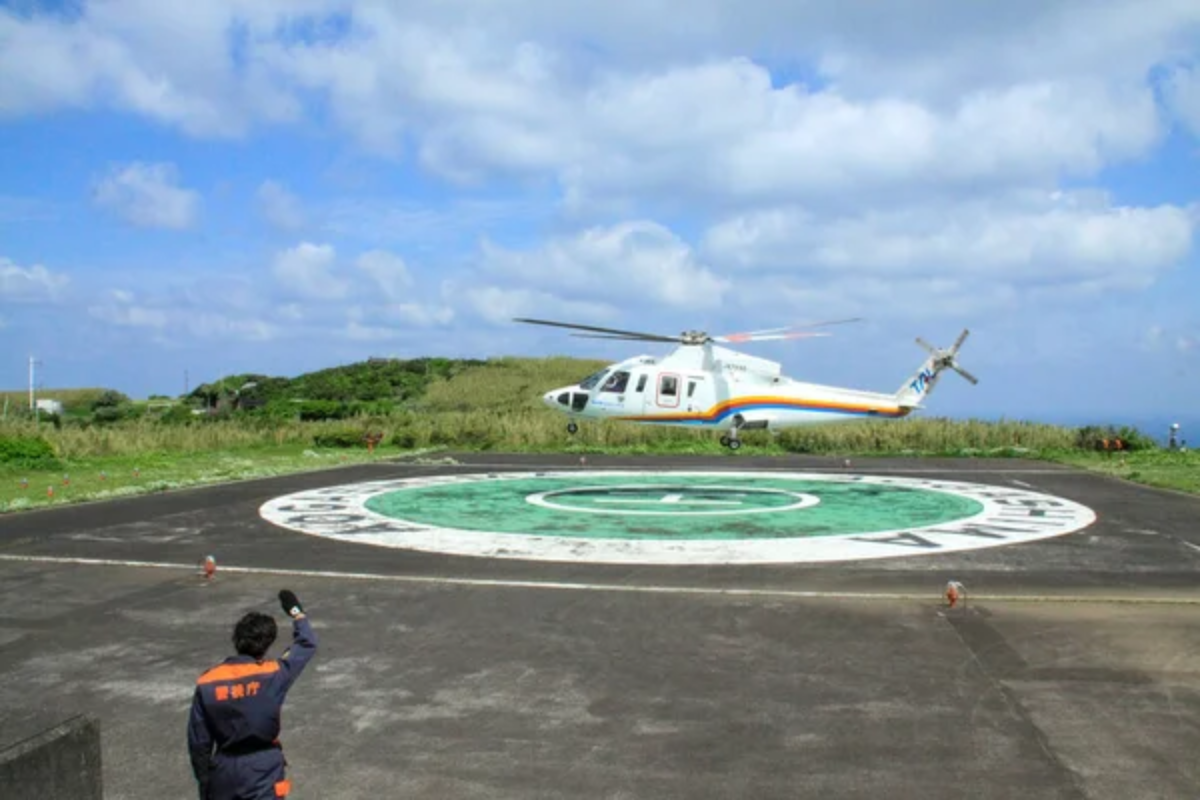
This volcanic island south of Tokyo looks like something from a science fiction movie—it’s a village built inside an active volcanic crater. Only about 160 people call this remote outpost home, and getting there requires a helicopter ride or a precarious boat journey that’s often canceled due to rough seas.
The island generates its geothermal energy and grows tropical fruits in volcanic soil.
Teuri Island
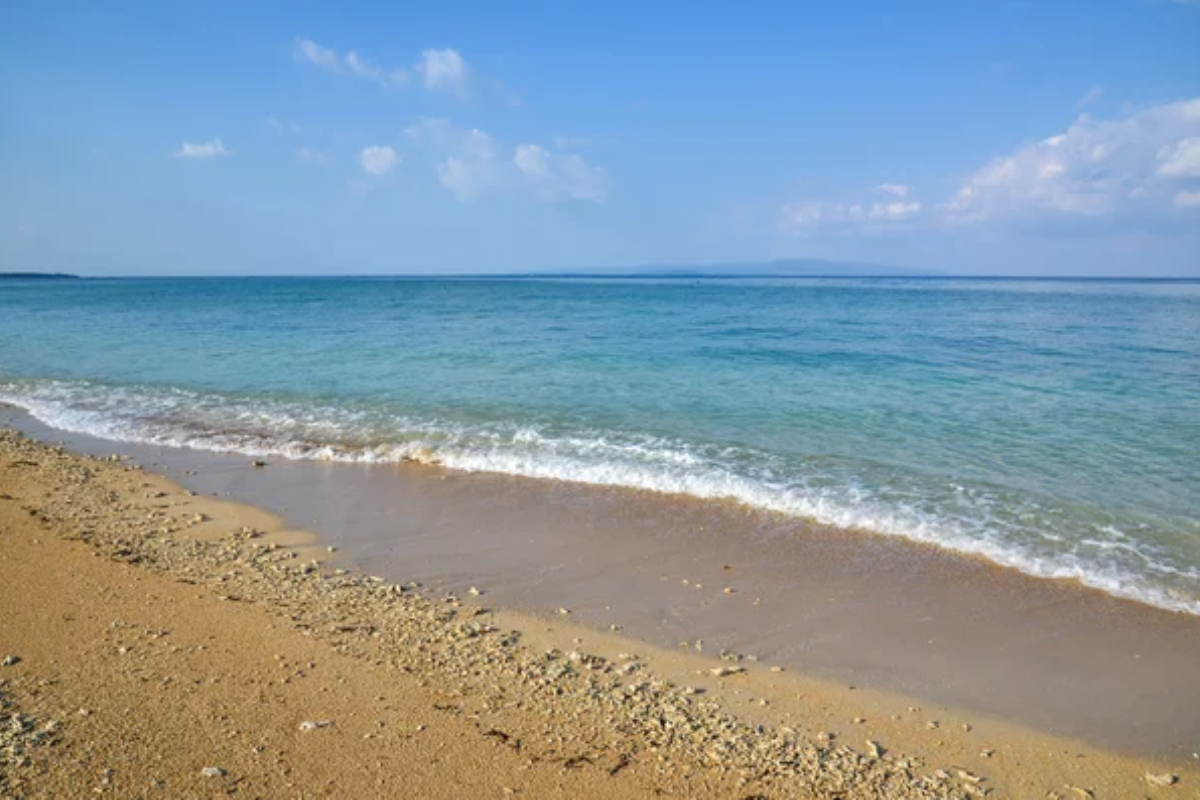
Seabirds rule this tiny island off Hokkaido’s coast, where over one million birds nest during breeding season. Common murres, rhinoceros auklets, and puffins turn the cliffs into a noisy metropolis that rivals any major city for sheer population density.
The island’s single village maintains traditional fishing practices while serving as the unofficial guardians of one of Japan’s most important seabird colonies.
Yururi Island
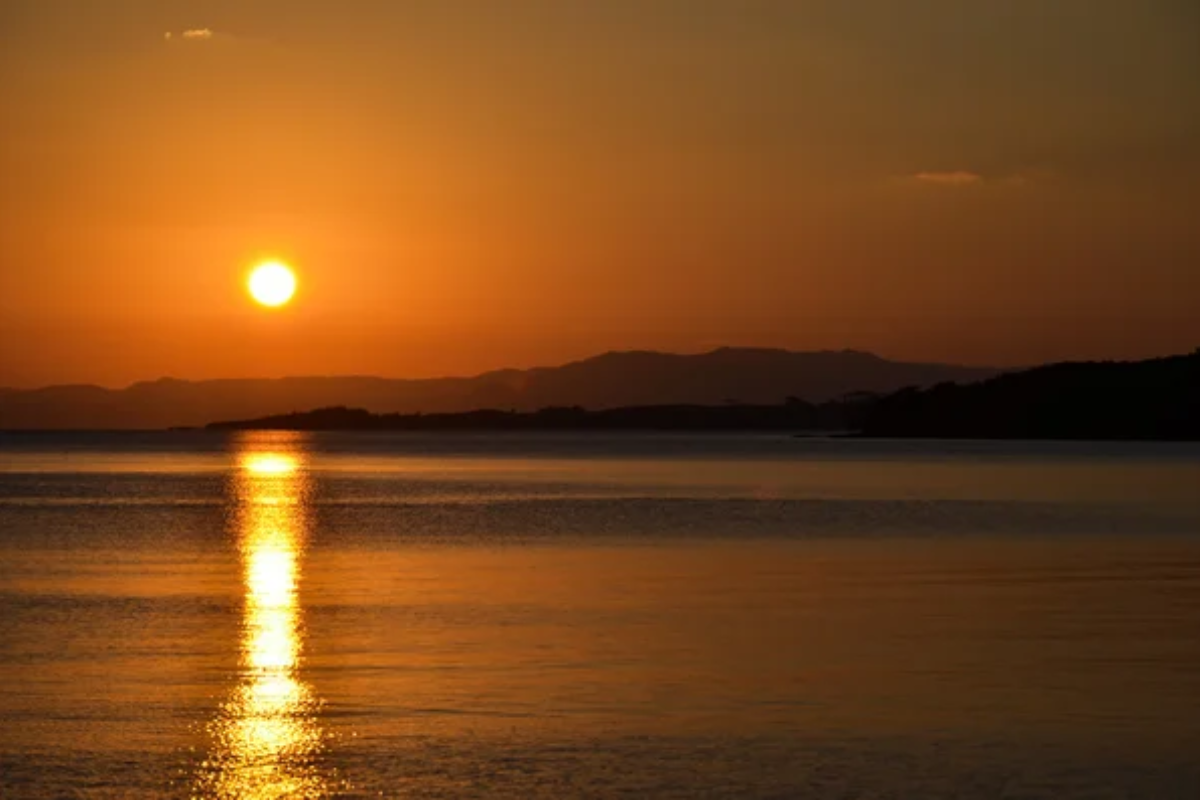
This uninhabited island near Hokkaido serves as a sanctuary for wild horses that roam freely across grasslands overlooking the Pacific Ocean. These sturdy ponies, descendants of horses brought by early settlers, have adapted to harsh winters and salty sea air.
Visitors can only reach the island by chartered boat, and landing requires permission from local authorities.
Like Travel Pug’s content? Follow us on MSN.
Mikurajima

Dolphins practically outnumber humans around this volcanic island south of Tokyo, making it a paradise for marine wildlife enthusiasts. The island’s warm currents attract bottlenose dolphins year-round, and swimming with these intelligent creatures is not just allowed—it’s encouraged by local tour operators.
Wild camping is permitted in designated areas, letting visitors fall asleep to the sound of waves and dolphin calls.
Kozushima

White sandy beaches and crystal-clear waters make this island feel more like the Caribbean than Japan, yet it sits just 75 miles south of Tokyo. The island’s unique white sand comes from crushed coral and shells, creating beaches that glow almost silver under moonlight.
Traditional ama divers still harvest abalone and sea vegetables using techniques that predate modern diving equipment.
Hahajima
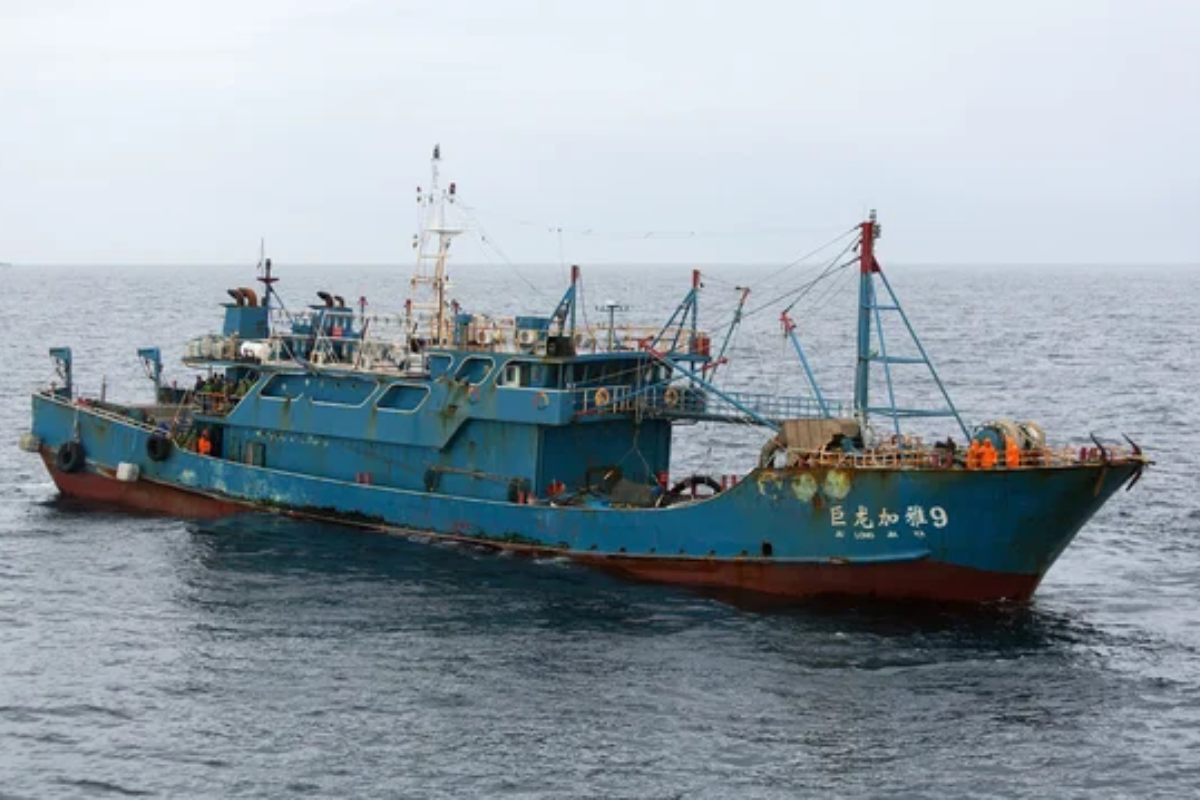
As one of the most remote inhabited islands in Japan, Hahajima requires a 26-hour ferry journey from Tokyo, plus another boat transfer to reach. This isolation has preserved unique ecosystems, where endemic birds, such as the Bonin white-eye, have evolved without the presence of mainland predators.
The island’s subtropical forests shelter over 100 plant species found nowhere else on Earth.
Like Travel Pug’s content? Follow us on MSN.
Okushiri Island

This heart-shaped island off Hokkaido’s coast combines dramatic landscapes with a powerful tsunami history that reshaped both its geography and culture. The 1993 tsunami that devastated the island led to innovative early warning systems now used worldwide.
Today, visitors find rebuilt communities that blend modern tsunami defenses with the charm of traditional fishing villages.
Shikotan Island
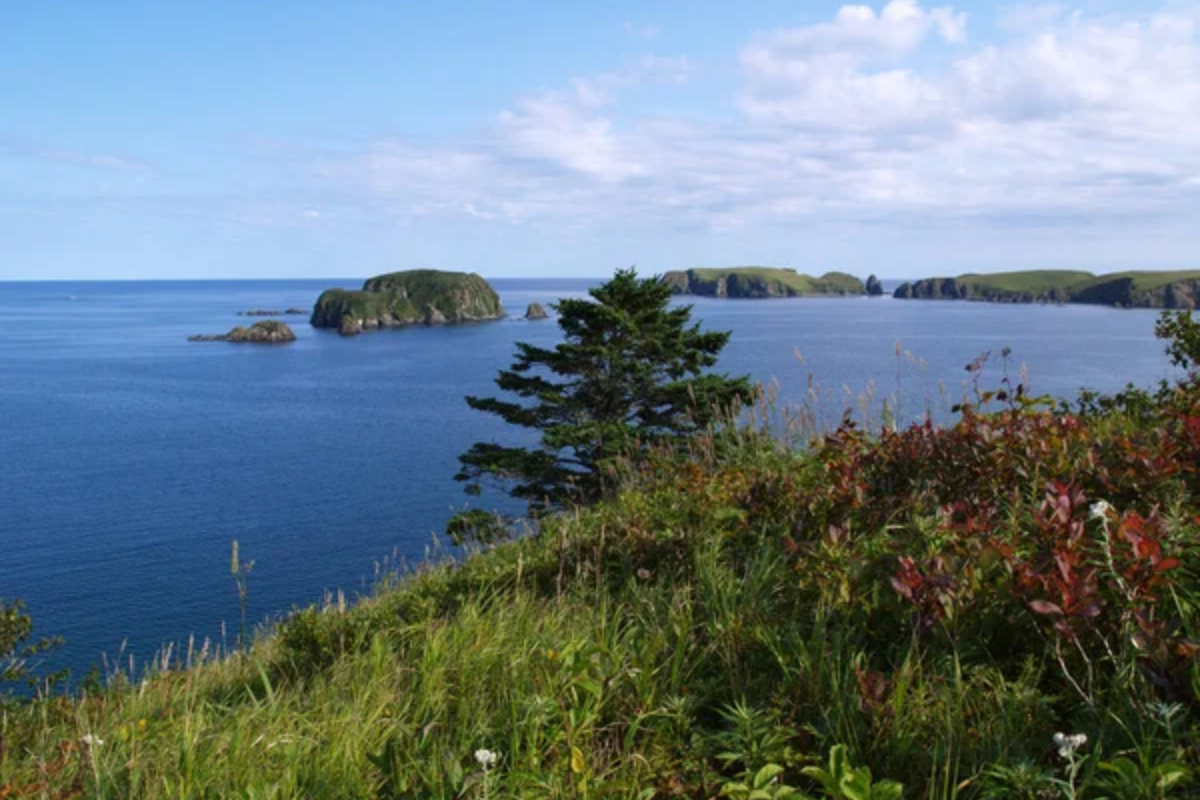
Part of the disputed Kuril chain, this island offers pristine wilderness where brown bears fish for salmon in crystal-clear streams. Russian and Japanese cultures blend in unique ways, creating a frontier atmosphere unlike anywhere else in the region.
The island’s hot springs, fed by volcanic activity, provide warm refuge during harsh winter months.
Toshima
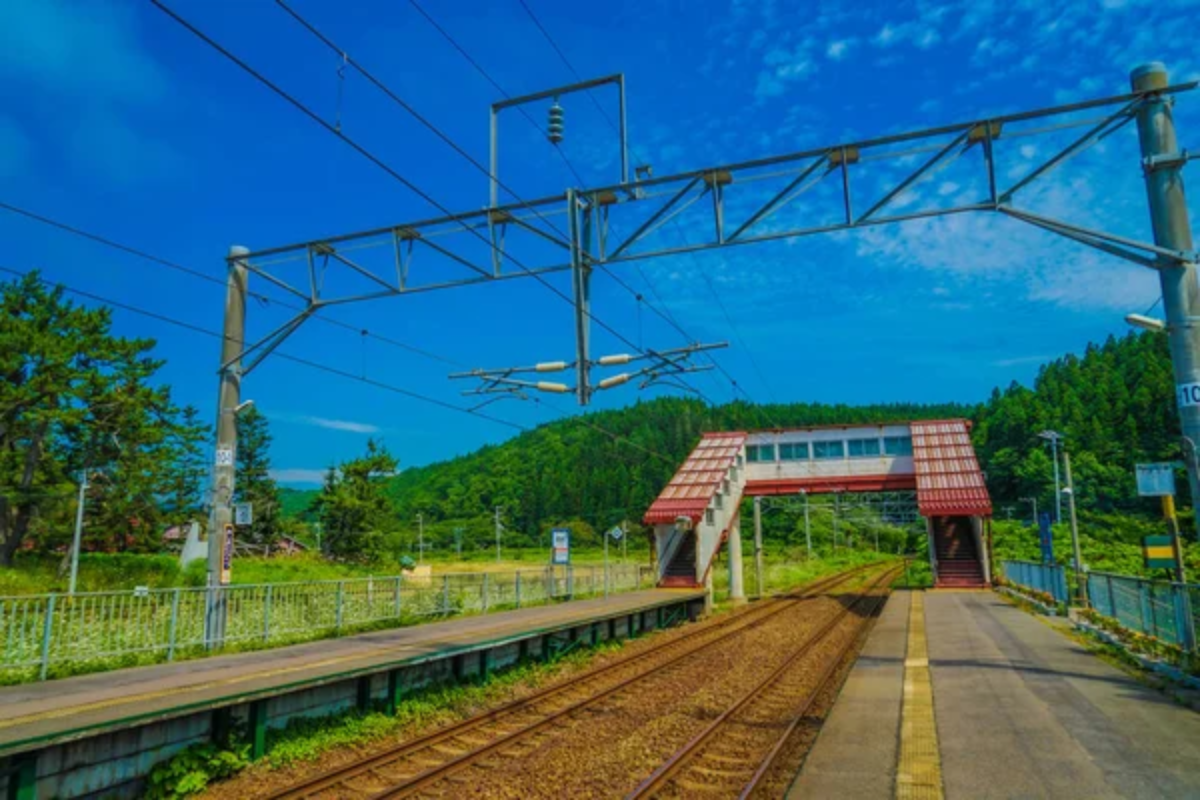
Famous for its camellias that bloom in winter, this tiny island transforms into a floral wonderland when most of Japan lies dormant under snow. The island produces premium camellia oil, which is used in high-end cosmetics, and locals still press the oil using wooden tools crafted by island artisans.
Traditional thatched-roof houses dot landscapes that feel frozen in time.
Like Travel Pug’s content? Follow us on MSN.
Niijima
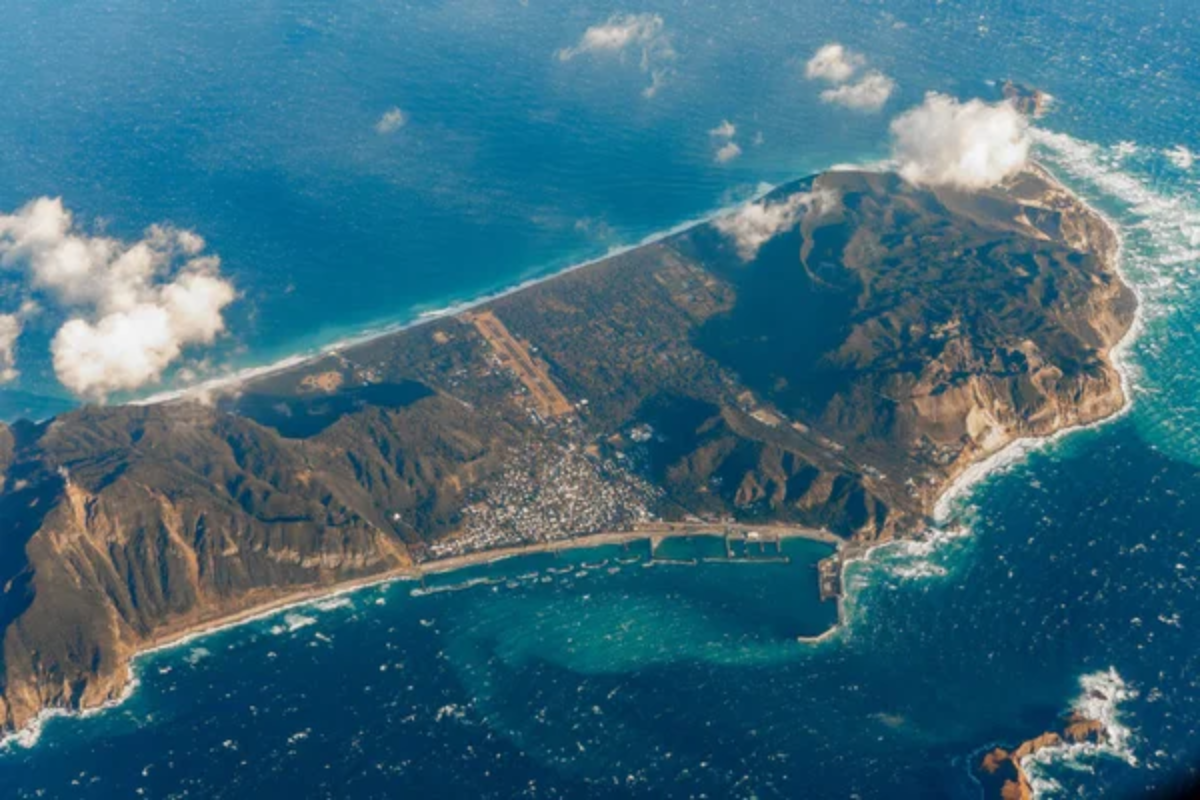
Surfers consider this island’s consistent waves some of Japan’s best-kept secrets, with breaks that rival Hawaii without the crowds. The island’s unique white sand beaches, formed from volcanic glass, provide perfect spots for beach camping beneath star-filled skies.
Local glassblowers create art pieces using the same volcanic materials that formed the island’s distinctive beaches.
Chichijima
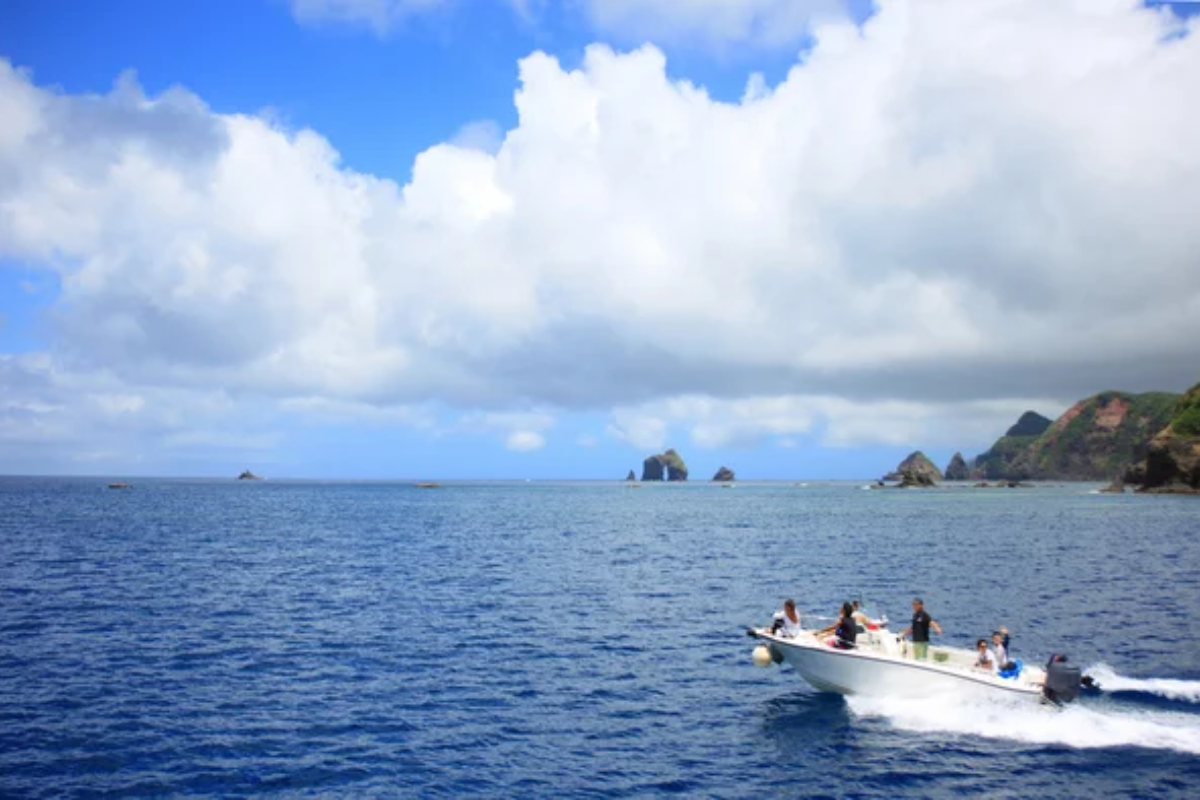
This subtropical paradise requires a 24-hour ferry ride from Tokyo, effectively filtering out casual tourists in favor of serious nature lovers. The island’s coral reefs support tropical fish species typically found much farther south, creating snorkeling opportunities that rival Okinawa.
Descendants of early Western settlers still live here, maintaining cultural traditions that blend Japanese and American influences.
Awashima

Traditional puppetry and doll-making traditions flourish on this small island, where artisans create intricate works that are displayed in local museums. The island’s isolation has preserved folk arts that disappeared from mainland Japan decades ago.
Fishing boats still use traditional designs painted in bright colors that reflect superstitions about ocean spirits and safe voyages.
Like Travel Pug’s content? Follow us on MSN.
Manabeshima

This tiny island maintains one of Japan’s last traditional island communities where everyone knows everyone, and modern conveniences remain delightfully absent. Cars are unnecessary on streets designed for walking, and the island’s single store operates on an honor system that would shock city dwellers.
Weekly supply boats provide the only connection to the outside world.
Takashima
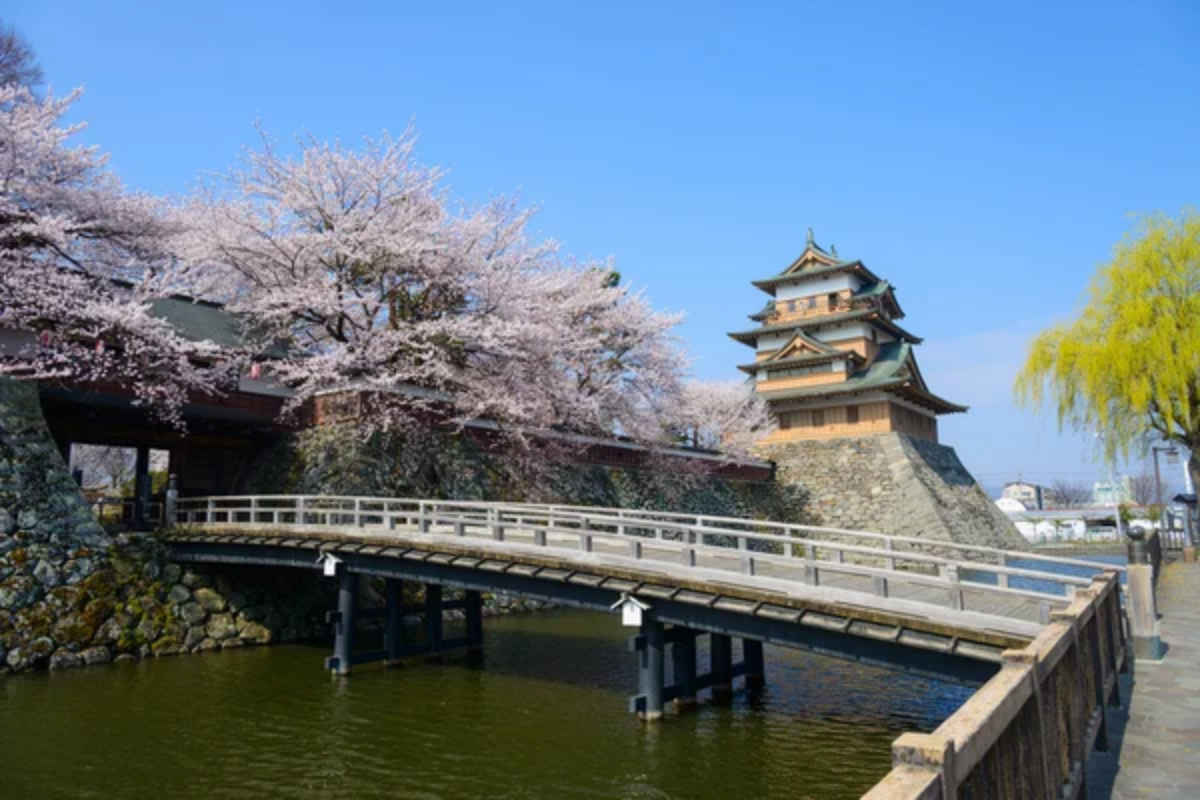
Coal mining history defines this island, where abandoned mines create haunting landscapes that nature is slowly reclaiming. Former mining equipment rusts alongside hiking trails that offer spectacular views of the Inland Sea.
The island’s transformation from industrial site to nature preserve demonstrates how quickly wilderness can return when given the chance.
Sanagishima

Stone quarrying shaped this island’s dramatic landscape, creating cliff faces and hidden coves that feel like ancient amphitheaters carved by giants. Abandoned quarries now serve as swimming holes with water so clear you can see the bottom 30 feet down.
The island’s granite was used to build famous structures across Japan, including parts of the Imperial Palace.
Like Travel Pug’s content? Follow us on MSN.
Ibukijima
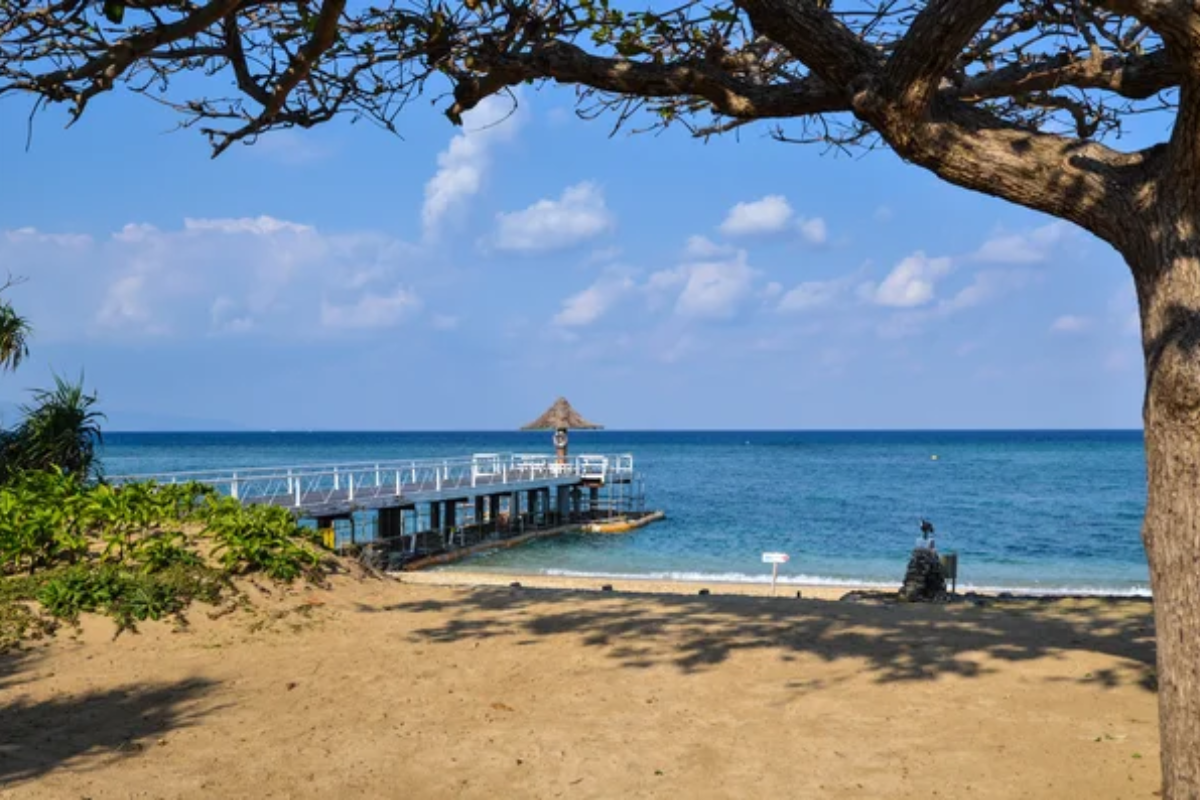
Cats outnumber humans on this fishing island where felines patrol docks and fishing boats like furry harbor masters. These cats originally arrived to control rats on fishing vessels, but now serve as the island’s unofficial mascots and tourist attractions.
Traditional fishing methods still dominate daily life, with cats serving as living barometers for weather and fish runs.
Ogijima

Art installations blend seamlessly with traditional architecture on this island, where modern creativity meets ancient island life. International artists create works specifically for the island’s landscape, turning abandoned houses into galleries and sculpture gardens.
The island’s art festival occurs every three years, transforming quiet fishing villages into temporary cultural capitals.
Hegura Island
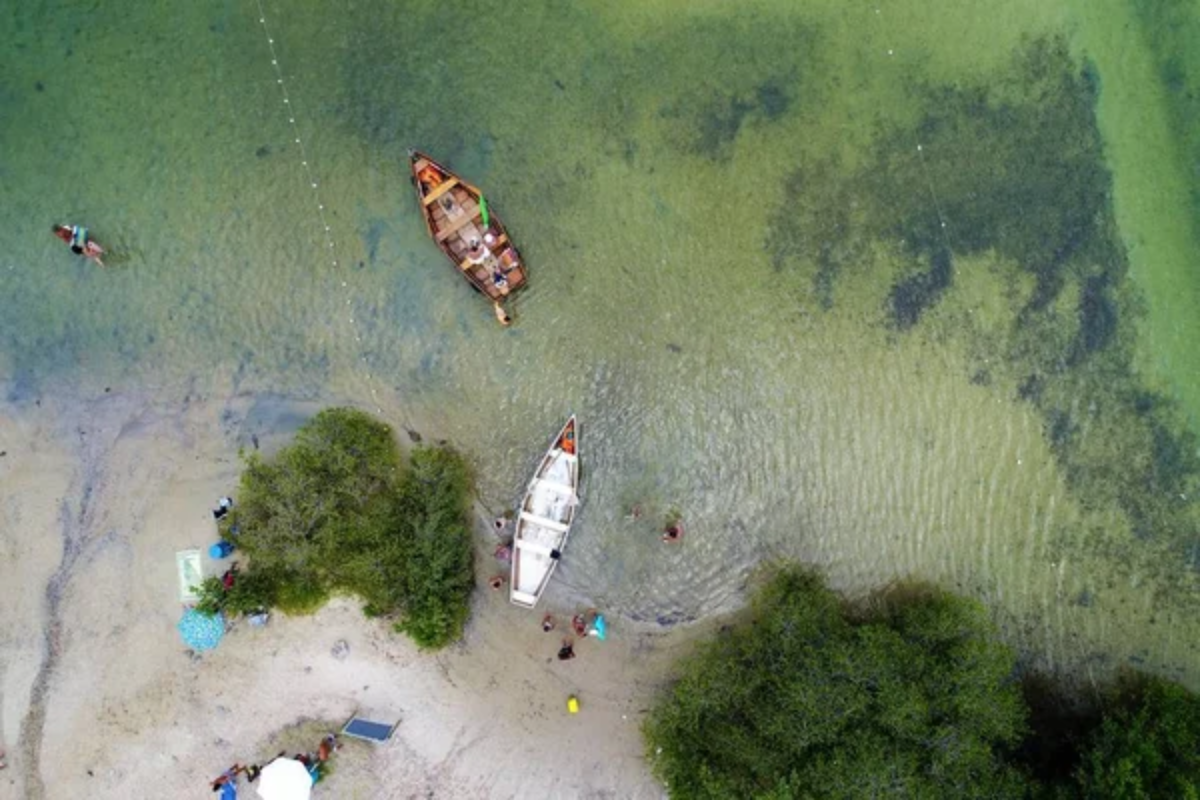
This uninhabited island serves as a crucial stopover for migratory birds crossing the Sea of Japan, making it a paradise for serious birdwatchers. During peak migration periods, rare species from across Asia congregate on this speck of land.
Scientific research stations monitor bird populations, providing data that helps protect migration routes across the entire Pacific region.
Like Travel Pug’s content? Follow us on MSN.
Timeless Islands in Modern Japan
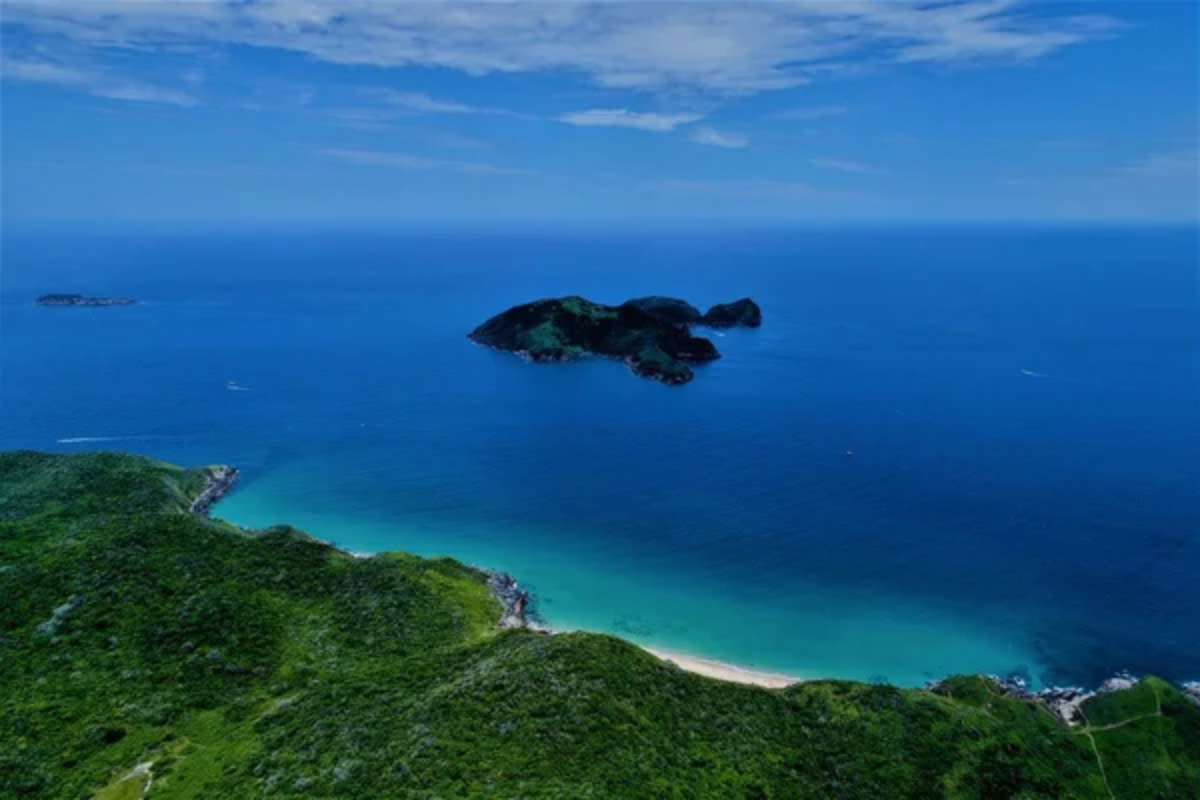
These remote islands represent more than tourist destinations—they’re living museums where traditional Japanese life continues largely unchanged by mainland modernization. These dispersed villages uphold the cycles established by tides, seasons, and weather patterns that have governed island life for generations, even as bullet trains speed across Honshu and neon lights dazzle Tokyo.
Once viewed as a drawback, its seclusion today yields their greatest asset: authenticity in a world growing more and more homogenized. Travelers who are prepared to put in the time and effort to reach these far-off shores will be rewarded with a glimpse of Japan before it rose to prominence on the world stage.
More from Travel Pug

- 20 Best Beach Towns in the Carolinas
- 13 Destinations Where Tourists Regularly Regret Their Trip
- 20 Destinations That Are More Magical Without an Itinerary
- 20 Underrated Adventures That Belong on Your Travel List
- 20 Cities Where You Should Just Wing It, No Planning Required
Like Travel Pug’s content? Follow us on MSN.N.
